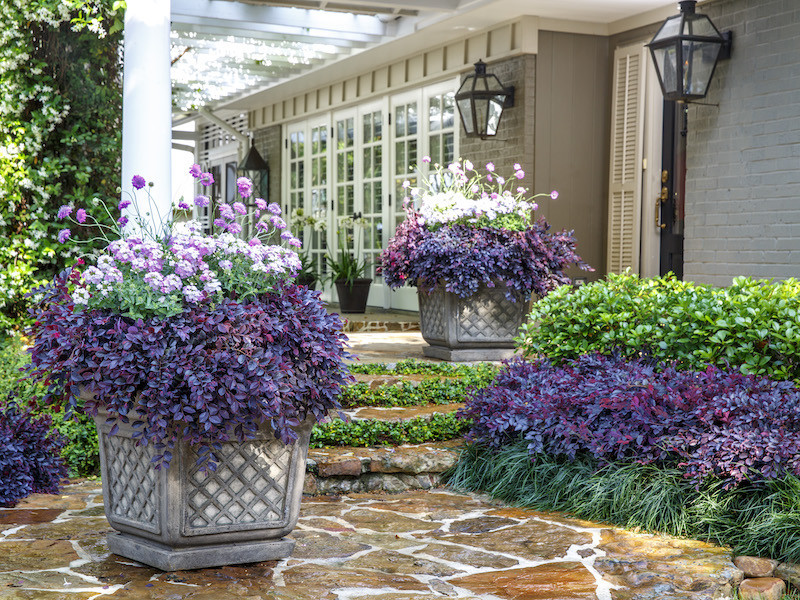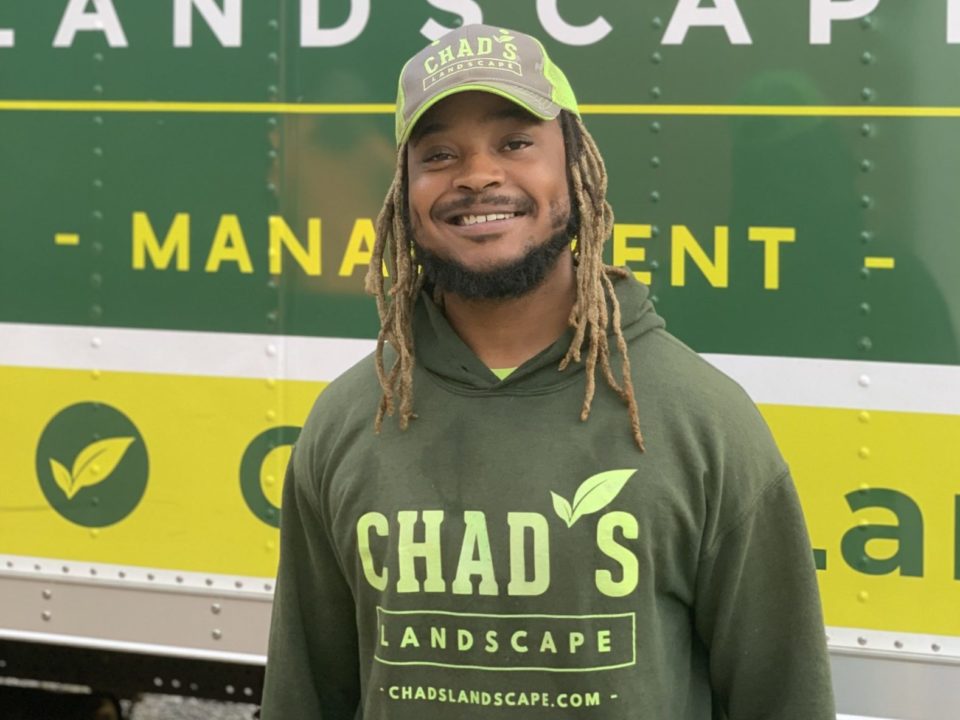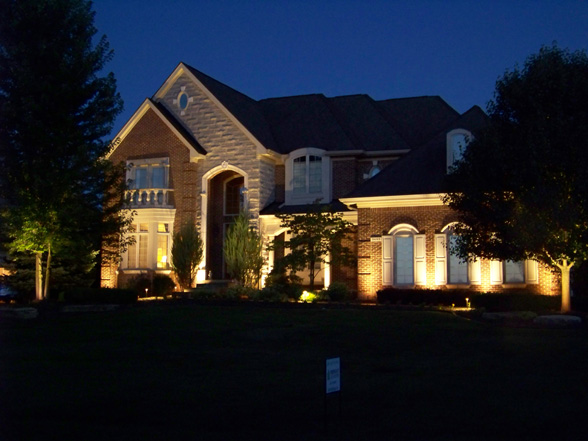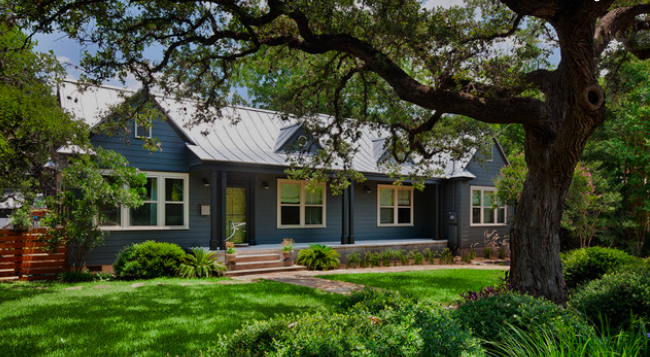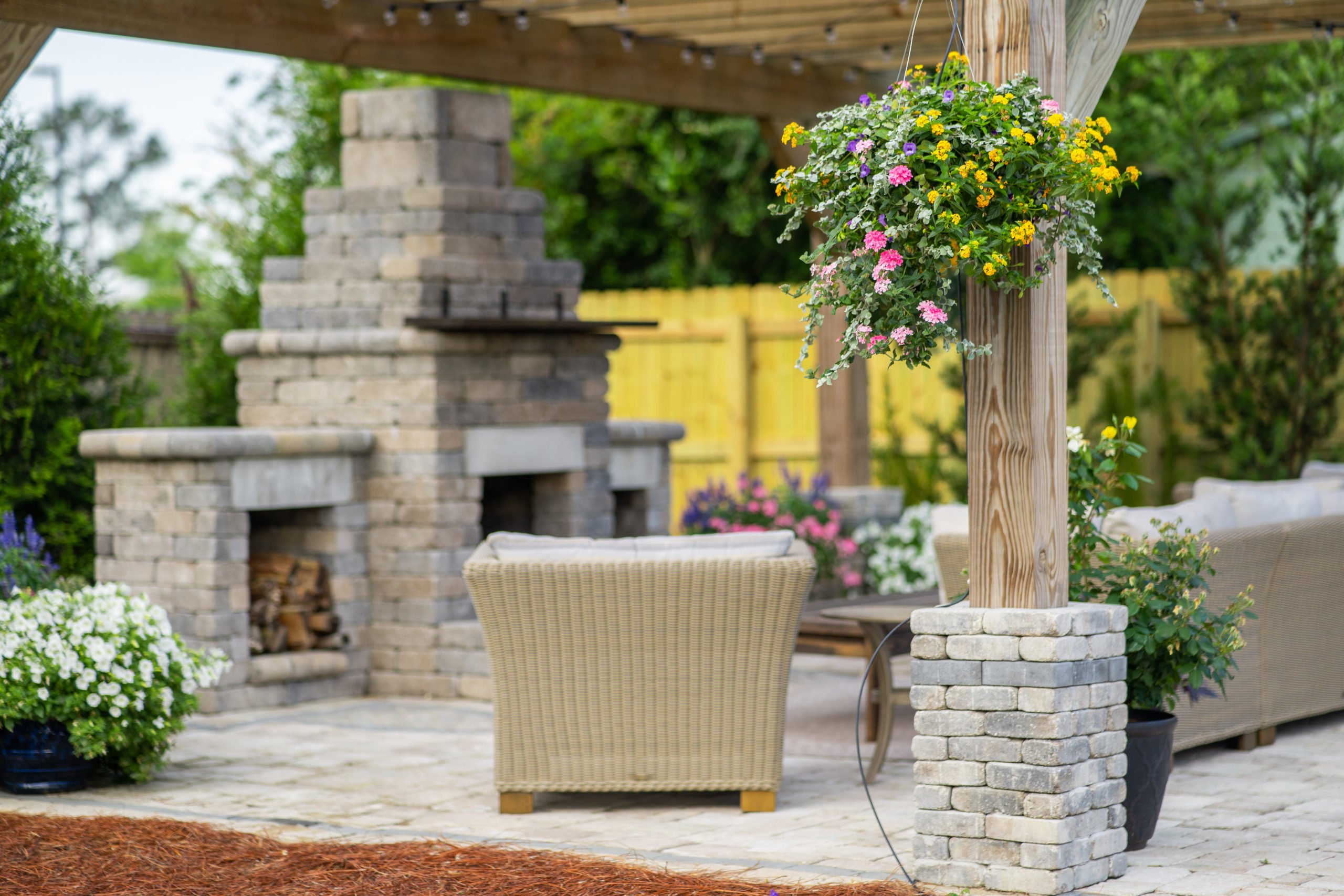
Building Your Perfect Outdoor Living Area In Mobile, Alabama
February 24, 2022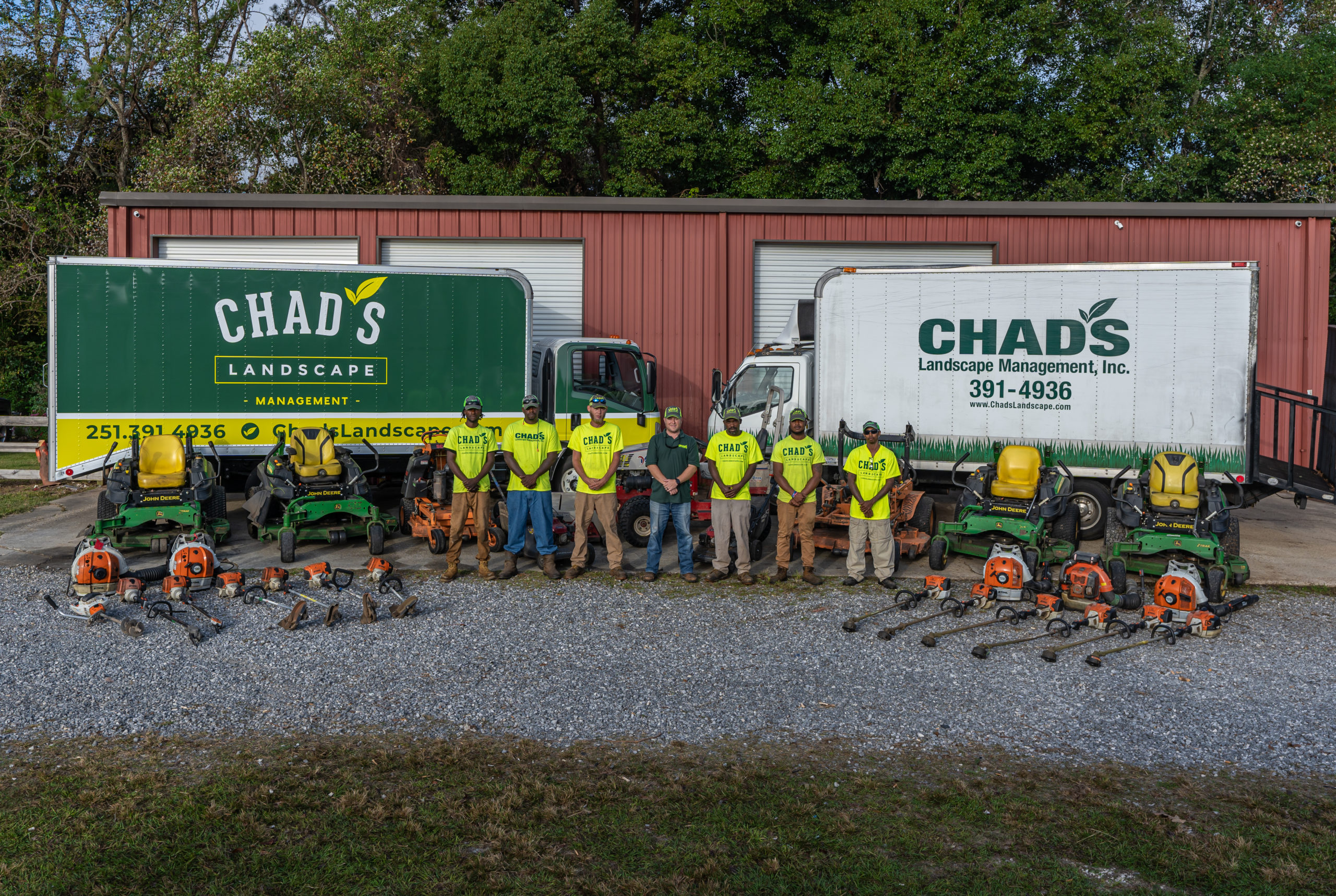
4 Factors to Consider when Choosing a Landscape Company in Mobile, Alabama
March 11, 2022Does container gardening make you want to curse?
We’ve all been there. (Yes, even us avid gardeners.) While everyone loves a pretty pot overflowing with vibrant flowers, creating and maintaining a container garden can be a challenge. It’s a different process than planting flowers or foliage in the ground and comes complete with its own set of rules and requirements. The same green thumb that does so well with your flower beds may fail miserably when it comes to container gardens!
That doesn’t mean you should give up on container gardening for good. You just need to apply the right tips and tricks to start potting plants like a pro! Read on to learn ten simple tips to successful container gardening.
Choose the right container. Containers come in a variety of shapes, colors, and compositions, from large terra-cotta pots to small pails made of metal to wooden window sills and more. No type works better than another, but they each have their own pros and cons you’ll need to consider to make the right container choice. For example, porous materials like clay or unglazed terra-cotta will need more frequent watering than plastic or ceramic pots. Plastics are great for flowers and succulents but may contain chemicals that leach into vegetables and other edibles.
Consider container size. Don’t forget to consider the size of your ideal container. It’s easier to grow plants in larger containers because they hold more soil and retain more water, but they’re often heavy and hard to move. Smaller containers are easily portable, but their size can stunt plant growth and require more care to maintain.
Don’t forget drainage. It’s very easy for excess water to drown container plants, so be sure any container you choose has proper drainage holes. Many store-bought containers already have holes installed, but you may need to drill holes yourself. As a general rule, aim to create 3-6 draining holes that are at least ½ wide; smaller holes are prone to clog with soil that prevents water drainage. Never add stones or gravel to the bottom of your container – if you are concerned about leakage, line the bottom with a coffee filter or paper towel before adding soil.
Pick a quality potting soil. Fill your containers with a generous amount of quality potting soil. Potting soil isn’t actually soil at all – it’s composed of materials like peat moss, bark, perlite, vermiculite, and compost. This mix creates a soil product that is sterile, lightweight, and well-draining – perfect for potted plants!
Supplement your soil. A good many potting soils contain no nutrients, and those that do will usually need some supplementing through the growing season. It’s a good idea to mix a quality, slow-release fertilizer with your potting soil before planting and add a few drops of liquid fertilizer every few weeks to help your plants and vegetables thrive.
Raise your container. Placing a pot on a flat, nonporous surface can cause issues with draining. To prevent your plants from getting waterlogged, elevate your containers enough that water can drain and air can flow unimpeded across the bottom. You can buy decorative container holders or pre-made pot ‘feet’ to raise your containers safely.
Water, water, water. Did we say water? Here’s the thing – soil dries out more quickly in containers than it does in the ground, so you cannot forget to water your potted plants. Test soil moisture regularly and give a good water any time it feels dry to the touch. Don’t just dampen the soil – add water until you see regular dripping from drainage holes.
Plant like plants. When choosing plants for your container, be sure to choose species that thrive in similar conditions. For example, you don’t want to mix sun- and shade-loving plants in the same pot. Plant tags can tell you a species’ ideal sun and soil conditions, so read them carefully before purchasing.
Play with arrangements. The best container designs are a bold mix of height, texture, and color. Don’t be afraid to test different arrangements and combine various plants to create new, eye-catching combinations. Taller plants look great surrounded by smaller shrubs, while trailing vines are a dramatic way to draw the eye to a decorative container. Spring color looks especially good in a container, especially when beautiful blooms are complemented by interesting foliage.
Call Chad’s Landscape Management. As south Alabama’s top choice in professional landscaping, container gardens are just one of the many services we provide to keep your landscape in stunning shape. From picking healthy plants to helping them thrive all year long, we can handle every step of creating your container gardens so all you have to do is enjoy them. Contact us today!


